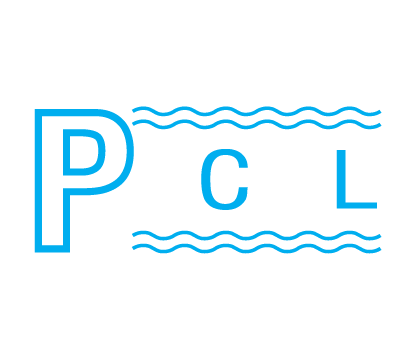
Conventional Anodizing
Conventional sulfuric acid anodizing is most useful for making aluminum parts more attractive and “more corrosion resistant. The natural appearance of the aluminum oxide film is nearly transparent,” “and left as-is it is known as clear anodizing. This coating makes the parts more durable, corrosion” “resistant, and attractive, while still leaving them with a look that says “aluminum”. This is the most ” economical form of anodizing.
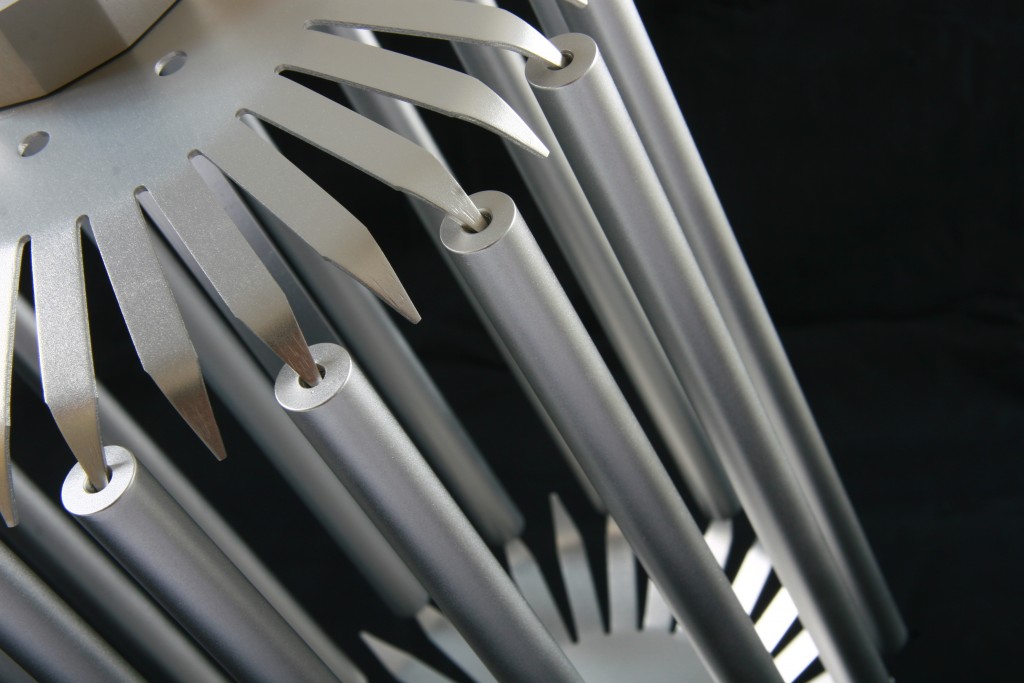
Conventional anodizing creates a film thickness which is so thin (the etch step removes a little material and the film creation step adds back about the same amount for a very small net change in size) that it will not change interference or thread fits. Conventional anodizing makes the surface much more scratch resistant and durable than natural aluminum and offers a very wide range of possible colors. Anodizing appearance (color and reflectivity) is very specific to the alloy of aluminum “being anodized. If you want good color match, all parts being anodized must be done at the same time” “and on the same alloy. Don’t buff parts to be anodized or they will come back “”splotchy””. Don’t anodize” cast or welded parts. Anodizing will be a different color in the weld zone than on the rest of the part because the filler rod used during welding is never the same alloy as the workpieces. The porosity in our cast aluminum will trap the acid used to etch the surface and will weep out later staining the surface. A good alternative for aluminum weldments or castings would be powder coating.
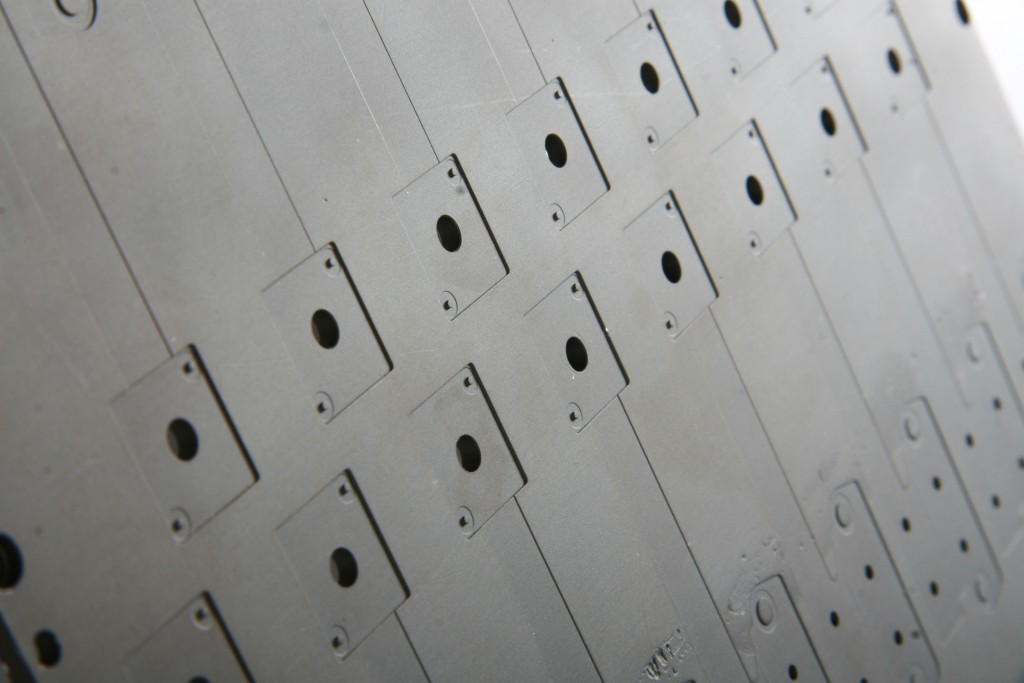

Hard coat (Hard Anodizing) Aluminum Alloys Most Often Used with PCL Hardcoat PCL Hardcoat is recommended for use with virtually all aluminum alloys. This information describes the more commonly use alloys. Wrought Alloys
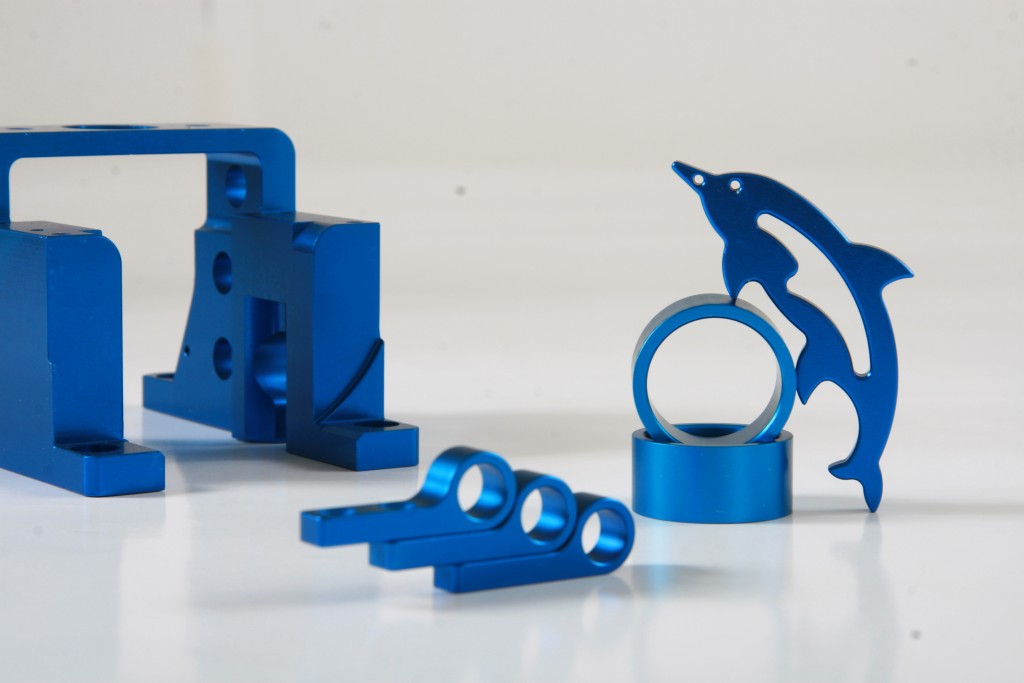
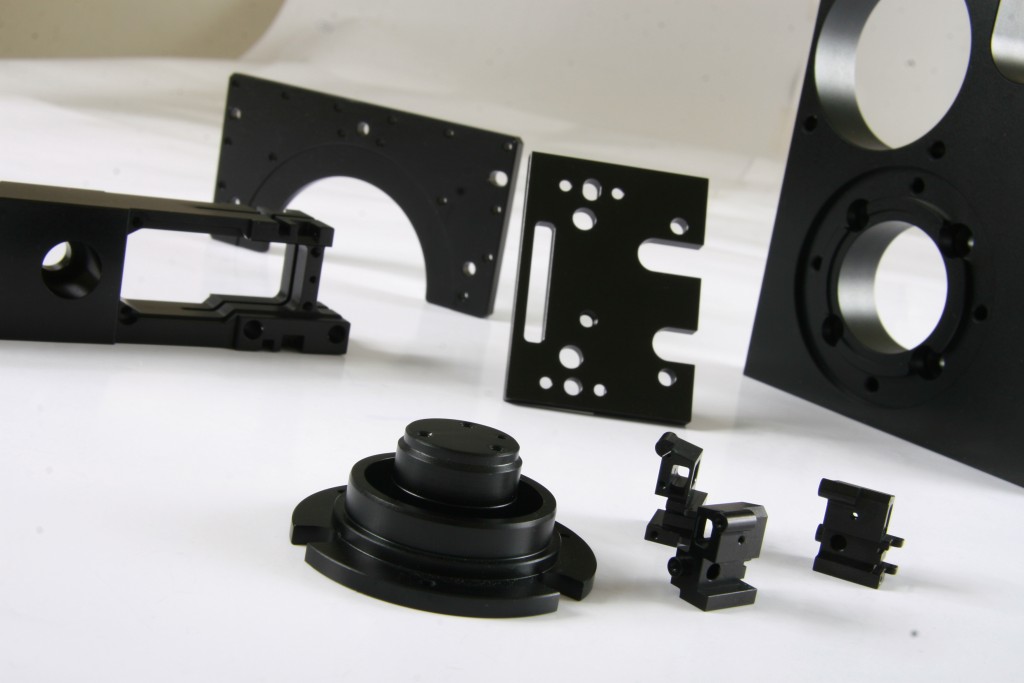
“1100 Series – Most common: 1100 only.Bronze gray in color at .002″”; alloy is soft and not particularly”
“good for machining. Maximum practical coating thickness .0025″”; .003″” possible.”
“2000 Series – Most common: 2014, 2017, 2024, 2618 (forgings). Avoid sharp comers, particularly on”
“2011-2017; gray-black at .002″” to blue-gray at .004″” -.005″”. Excellent machining characteristics.”
“Maximum practical coating .004″”; .003″” possible for salvage though not as hard as less heavy coats.”
“3000 Series – Most common: 3003. Gray-black in color at .002″”. Good for dye work and machining. ”
“Maximum coating .002″”.”
“5000 Series – Most common: 5005, 5052; 5005 best for dye work; 5052 not good for dyeing except ”
“black.Both have good machining characteristics. Maximum practical coating .004″”. 5052 has”
“excellent dielectric when coated to .004″”.”
“6000 Series – Most common:6061,6063. Almost black at .002″”. 6061 forms excellent hardcoat for ”
“grinding, lapping and honing. Excellent dimensional stability. 6000 series most commonly used in ”
“extrusion. Maximum practical coating .0025″” though the maximum attainable coating by PCL plus”
“systemm is .006″””
“7000 Series – Most common: 7075. Blue-gray at .002″”. High strength alloy but not good for grinding” “or lapping. Maxmum practical coating .004″”; maximum for salvage .008″””
.
Similar Projects
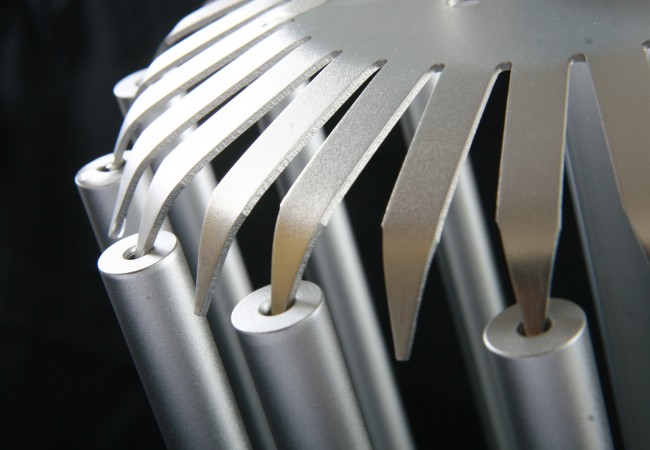 Conventional Anodizing
Conventional Anodizing
